

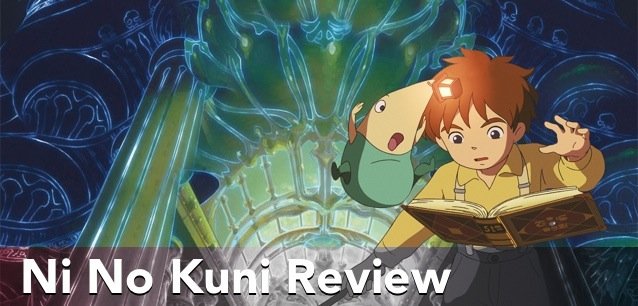
A child of its genre; Ni no Kuni seems to have it all: a heart-warming storyline, some kind of Pokemon-esque creatures, grinding, magic, battles every few seconds, sky-pirates, and yet more grinding. Ni no Kuni is like an imperfect but none-the-less beautiful stained-glass window, its myriad aspects working in harmony to tell a vivid tale. The sheer number of JRPG tropes found within Ni no Kuni is impressive.
A strong case could be made that Ni no Kuni’s greatest achievement is melding all these elements together into a coherent system, just as a powerful argument could be made that the story alone is enough to carry the game.
Ni no Kuni’s rich, but flawed tapestry of a story follows a young boy named Oliver in a quest to save a world inextricably linked with his own, and ultimately to save his mother from the clutches of a cast of villains who wouldn’t be out of place in a 1990s Disney cartoon movie.
Charming though it may be, the story is riddled with plot holes, and is often not quite as smart as it tries to be; not only are most of the twists in the story telegraphed well in advance of their occurrence, they tend to rely heavily on a “well isn’t that convenient” approach to story arc development. These points, in addition to Oliver’s weak character and seeming inability to master even the most basic of deductive skills, begin as only mildly irritating but swiftly become tiresome.
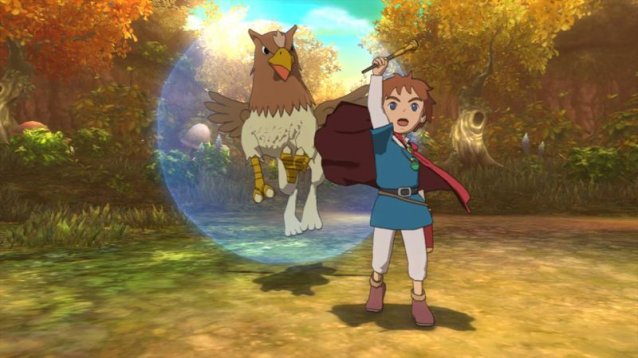
As a character, Oliver stands out as an anomaly within Ni no Kuni because the vast majority of the supporting cast are fabulous and most of them would be a credit to almost any JRPG. Oliver’s close fairy friend, Mr Drippy, is one of the most entertaining side-kicks in recent memory, whilst Shadar, a prominent villain, is similarly adept at his role; providing an ever present threat looming on the horizon without ever being over-bearing. Meanwhile, the rapport between the other playable characters, Esther and Swaine, elicited more than a few chuckles.
If the characters of Ni no Kuni are good, then the world is absolutely fantastic. The love poured into the crafting of Ni no Kuni’s world is clear from the start, and this helps to make the experience a truly memorable one. Finding all the nooks and crannies of Ni no Kuni will require a similar eye for detail that was used to create them, and it feels as if great pains were taken to make sure that no area within Ni no Kuni ever became, or felt irrelevant.
Mixing ample secrets, a strong focus on side-quests and an expansive lore has provided the Ni no Kuni world with a depth that serves to lift Ni no Kuni from a position as a highly charming tale into an adventure which can at times vie for a place among the best examples of its genre.
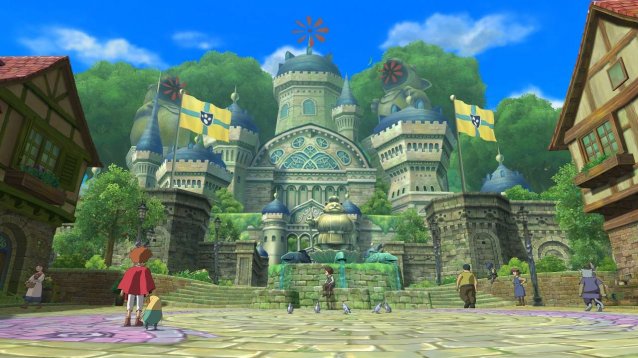
The side-quests of Ni no Kuni are very well designed, and usually avoid feeling onerous or repetitive, despite largely following several basic templates. The most common form of quest is helping to heal the “brokenhearted”. These are people who’ve had a piece of their heart; their personality, stolen by Shadar. This could be their enthusiasm, kindness, courage and so on. The trick is to find someone with an abundance of whatever is missing and to transfer the missing emotion to the person in need. By the end of the game, these quests can be fairly major undertakings in their own right as the player scours previously visited cities (there is a teleport spell that makes this much easier) for that one particular piece of heart.
Other side-quests are things like bounty hunting, fetch and delivery quests, a simple treasure hunt of sorts, a coliseum as well as a range of activities and freeform quests that don’t fall into neat categories. The casino is one of the highlights of the freeform activities, and the alchemy may be a massive time sink for some players as they collect various ingredients to complete recipes or to experiment with in the hopes of happening across a useful concoction.
Inhabiting the world of Ni no Kuni are a huge variety of beasts, most of which can be tamed and become familiars which can then be used in battle. Familiars are essentially Pokemon; they are encountered in the wild, battled, captured, and then trained to be useful additions to the players’ battle party. After reaching the requisite level, all familiars can be evolved into more powerful versions of themselves. Each familiar can be evolved up to twice with the second evolution being a choice between two final forms, each with a distinct purpose in battle.

Unlike in Pokemon, evolving the familiars resets their level back to level one, usually resulting in them losing large portions of their statistics. The upside is that the evolved familiars gain statistics much faster on levelling up and an evolved form will always be significantly more powerful than a lesser form with a similar level. Evolving familiars also tends to increase the number of abilities that they can learn and equip in battle at any given moment in time.
Familiars add most of the depth to Ni no Kuni’s otherwise poor battle system. Although each party member can fight if they have to, it’s not recommended as the familiars are not only more powerful, they also have a much wider range of abilities available to them. There are a few abilities which are rare enough to warrant the use of a character, but the Mana cost of these abilities is often prohibitive and saving the Mana for healing is a wiser choice; it’s a safer option to pick a familiar geared towards physical attacks, supporting them with ample healing than it is to burn considerable amounts of Mana on offensive magic in the opening seconds of the battle and risk being caught without any healing capability after one of the many powerful area of effect (AoE) spells that enemies utilise.
The strategic variety and depth to the use of familiars cannot be overstated. Selecting the correct combination of familiars for a fight can be the difference between an easy success and an abject failure. Each familiar has six statistical values; attack, defence, magical attack, magical defence, evasion and accuracy, which can be increased either by levelling up or feeding the familiar different treats. In addition to this, each minion has an elemental affiliation and can be equipped with up to three pieces of equipment (which may raise or lower stats, add unique status effects and so on). By selecting a familiar with a certain combination of these factors, it’s possible to almost completely negate the damage from an enemy attack, or to increase the damage inflicted on the enemy by several orders of magnitude.
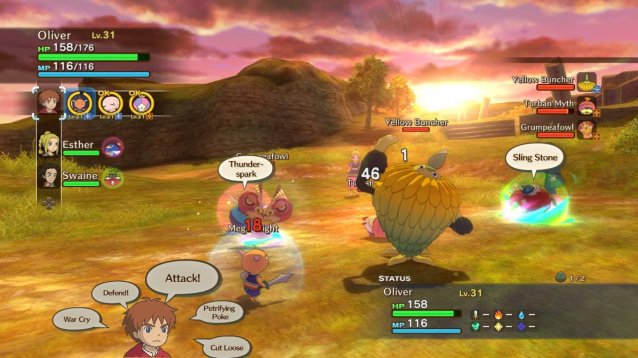
The strategic depth of the battle system is wonderful. Unfortunately, it is constrained to the point of frustration by some poor design choices: in battle, the player can switch which party character they currently control, however it’s not possible to switch character and select which of their familiars is currently active in the same action; the player first needs to switch character, this retracts that characters currently active familiar, and then the player needs to select the familiar once in control of the new character. This might not sound like much of an issue, but it makes reacting to enemies’ actions very difficult. Enemies, bosses in particular, will sometimes use devastating AoE attacks and the player may wish to swap to a certain character to ensure that the character has a certain resistant familiar in use (the AI seems to be quite terrible at deciding how to best defend an incoming attack). This is a problem because most attacks have a very short charge up and, thus, there is usually not enough time to execute the necessary switch, even if the player reacts almost instantly.
Eating the occasional attack may not be a problem in most JRPGs, but Ni no Kuni is relatively unforgiving in terms of the amount of damage the player will take from attacks. Even normal enemies can kill a character in a few hits and bosses can be counted on to slash a characters’ health in half as a minimum with a single salvo. Many bosses also possess global AoE attacks that can and will one shot multiple characters unless the proper precautions are taken. Moreover, bosses will sometimes use the same devastating global attack twice or more in swift succession, making survival nearly impossible even for over-levelled characters.
The frustration of these attack patterns is compounded by the fact that all the commands have a cooldown time after each use and any character caught undefended will likely go down (familiars don’t have individual health bars, the damage goes on the character controlling the familiar). As a final kick in the teeth, the charge time on many AoE attacks is inversely proportional to the danger they represent; some AoE attacks inflict temporary status ailments like blindness, but have long charge times, and some that are capable of killing characters who are on above half health will charge in less time than it takes to get defences up.

The AI puts an end to any hope for Ni no Kuni’s battle system: it can best be described as behaving like a very rudimentary version of the Final Fantasy XII Gambit system; the player can select from a range of options that will lead to the AI altering its action patterns. Unlike Final Fantasy XII, Ni no Kuni allows for little control over what these patterns are, and provides even less information beyond semi-informative names: “give it all you’ve got”, “do want you want”, “don’t do anything”, “keep us healthy”, “don’t use abilities”. As an example, setting the AI to “keep us healthy” will not stop it from using around eighty percent of a characters’ Mana on offensive magic and there is no noticeable difference between “do what you want” and “give it all you’ve got”; the AI never defends unless specifically told to do so using the “all-out defence” quick command (this makes tanking with one familiar and using a specific attack with another quite difficult at times), and the AI will not react to damage over time spells that target an area of the battlefield (for example: the AI will stand in flames and take damage rather than move out of the flames). The painstaking character swapping system adds further frustration to this by making it nigh on impossible to babysit the AI.
In short: Ni no Kuni seems to be suffering an identity crisis with regards to its battle system; enemy attack patterns call for a reactive and hectic style of play, the type that would reward skilful execution as much as intelligent planning, but its control scheme does not allow for this. Even once the player has been given the use of the “all-out defence” and “all-out attack” commands, the problems remain as the AI will not, or cannot: cancel out of actions to initiate a defence, react fast enough to begin defending, or swap familiars to make use of elemental and equipment based resistances. I am not one given to rage quitting games, but Ni no Kuni pushed me over that edge on several occasions.
A child of its genre; Ni no Kuni is a wistfully memorable adventure with an incredible cast, a beautiful world and a phenomenal soundtrack, Ni no Kuni fails to realise its destiny as a giant among JRPGs due mainly to a deeply flawed combat system. If you decide to pick it up, be prepared for rage inducing difficulty spikes, cheap boss fights and lots of grinding.
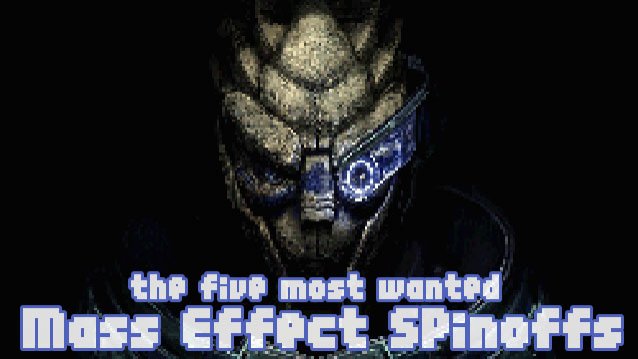


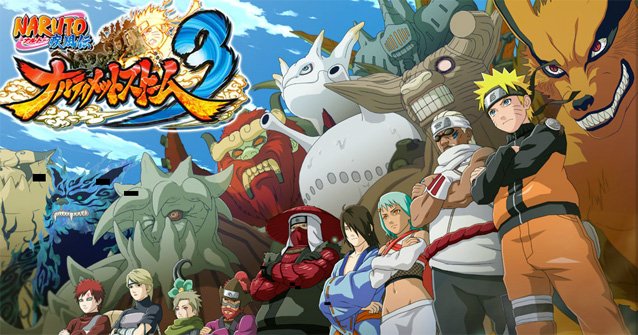
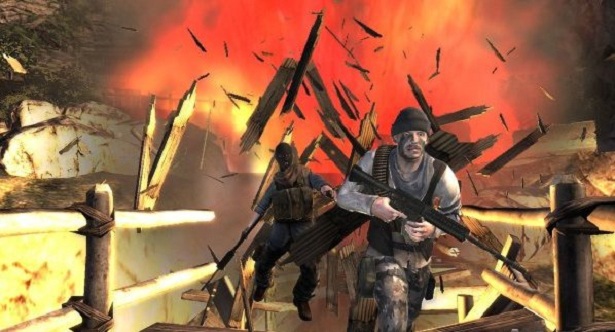 Breach Multiplayer Guide
Breach Multiplayer Guide Ark - Survival Evolved (PC) Tame and Ride Dinosaurs
Ark - Survival Evolved (PC) Tame and Ride Dinosaurs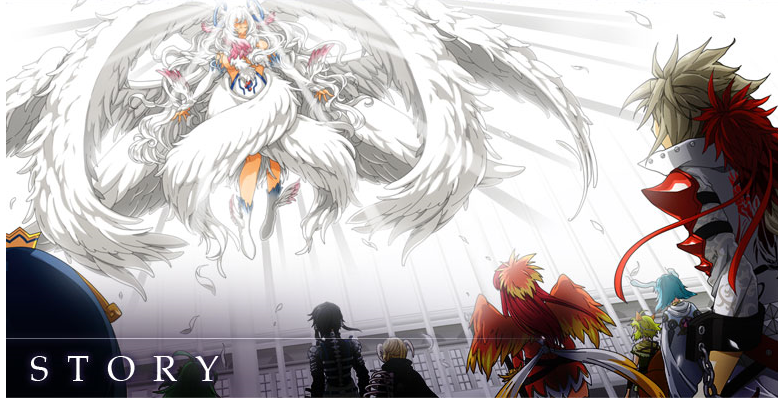 Unchained Blades Wiki .
Unchained Blades Wiki . Resident Evil: Revelations 2 Wiki – Everything you need to know about the game .
Resident Evil: Revelations 2 Wiki – Everything you need to know about the game .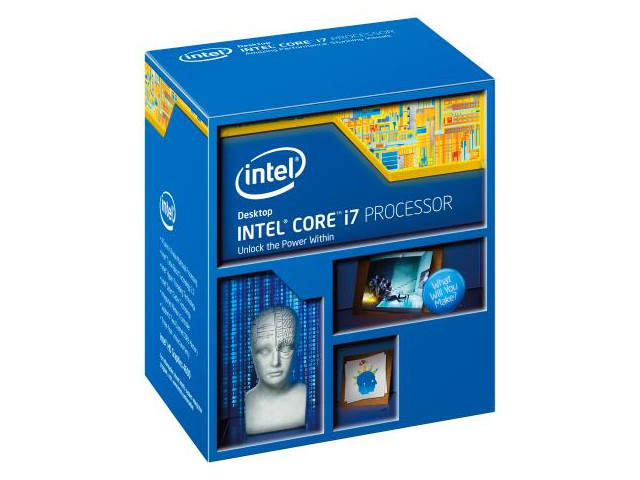 What's The Real Difference Between A Gaming Laptop And Desktop?
What's The Real Difference Between A Gaming Laptop And Desktop?